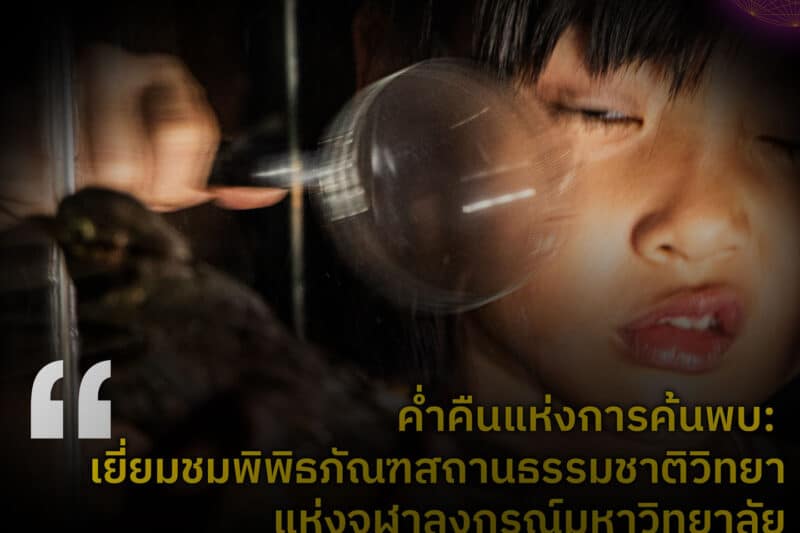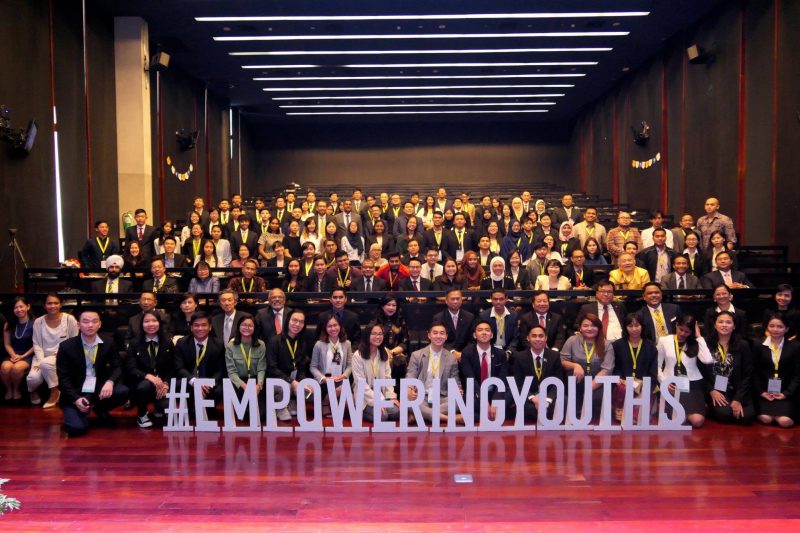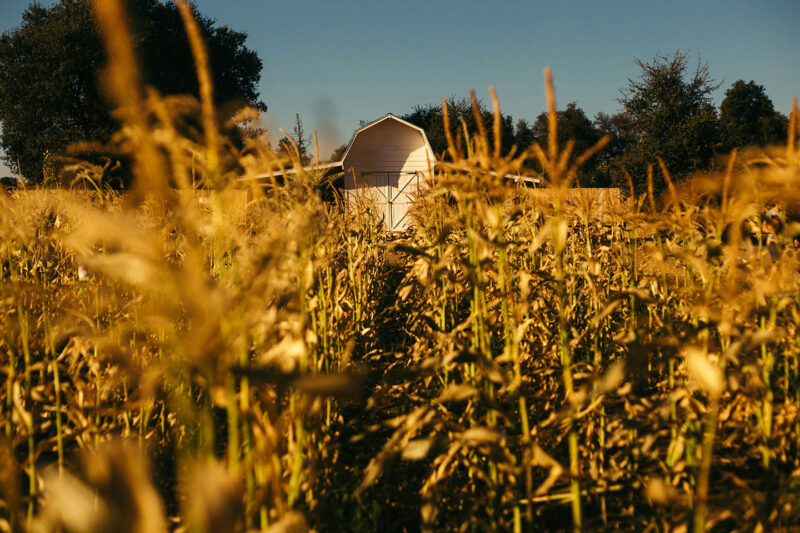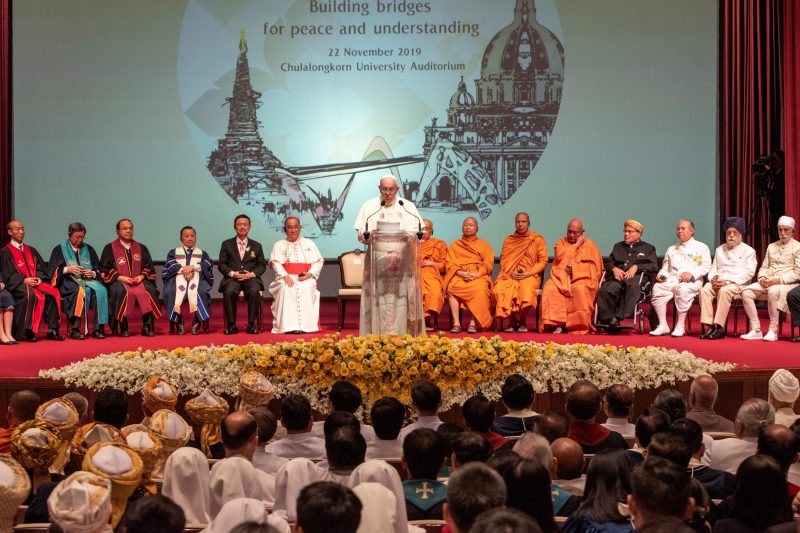Suitable Housing for Elderly Thais, Promoting Physical and Mental Health, Based on the Concept of an Elderly-Friendly Community
Thailand has undergone a rapid transformation into an aging society since 2005, and the healthcare, encompassing both the physical and mental well-being of the elderly, remains a paramount concern. Projections indicate that by 2047, there will be approximately 1.2 million dependent elderly individuals, with an estimated cost of 340,000 million Baht for their care. In terms of housing, it is noteworthy that 92.44% of elderly Thai citizens prefer to continue residing in their current homes, underscoring the imperative of adapting their living spaces and surroundings to cater to their needs, following the concept of “Aging in Place.”
This project commenced on September 28, 2020, and concluded on May 28, 2022. It was led by the Center of Excellence in Universal Design (CEUD), Faculty of Architecture, Chulalongkorn University and overseen by Associate Professor Trirat Jarutach Head of Department of Housing, Faculty of Architecture, Chulalongkorn University, who served as the project’s director. The project’s primary goal was to enhance the well-being of the elderly population by promoting healthy living. It comprised seven sub-projects, each focusing on various aspects aimed at improving the health and quality of life for the elderly.
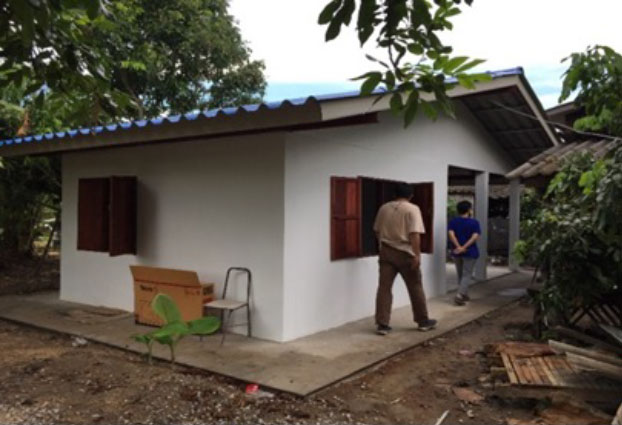
The project had several key objectives:
- Foster community collaboration by encouraging cooperation among various stakeholders, both governmental and private, within specific regions to stimulate local engagement.
- Design residences and communal areas that are elderly-friendly, allowing the elderly to fully benefit from these spaces.
- Establish housing models and standards that cater to the specific needs of the Thai elderly and promote their physical and mental health.
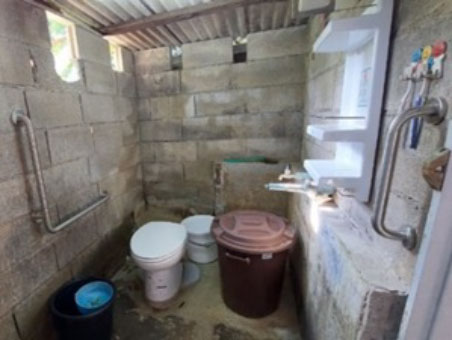
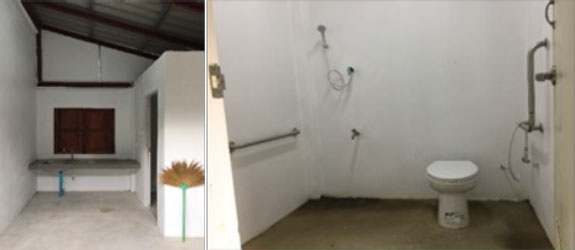
Data collection involved 2,116 individuals who resided in their own households across five regions spanning nine provinces. It also included those living in long-term elderly care facilities across 13 provinces.
The project expanded its scope to five major areas, encompassing diverse regions in Thailand:
- Nongtongpattana Subdistrict Municipality, Hang Dong District, Chiang Mai.
- Nongsang Subdistrict Administrative Organization, Ban Had District, Khon Kaen.
- Pakdee Rachada Community, Rangsit Municipality, Pathum Thani.
- Lert Suk Som Community, Phasi Charoen District, Bangkok.
- Songkhla Municipality, Mueang Songkhla District, Songkhla.
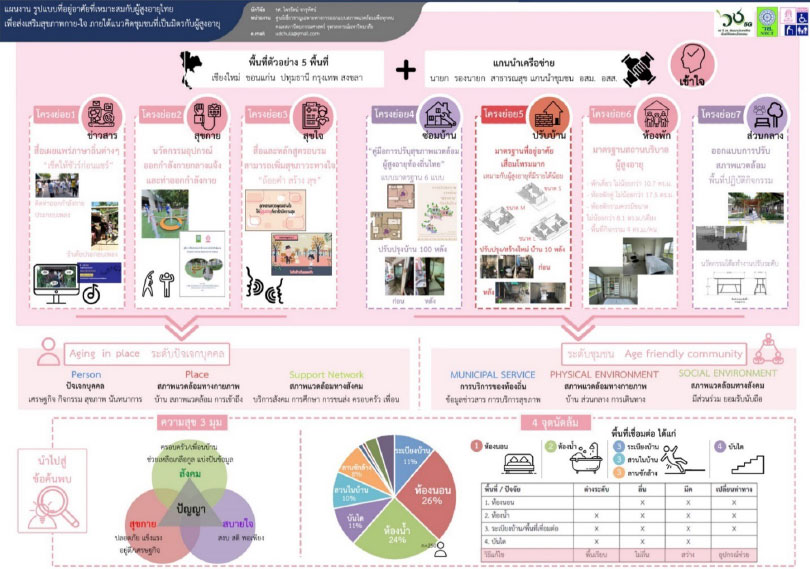
This collaborative initiative followed a series of essential steps:
- Preparation and Research: The project team initiated their efforts by conducting thorough research and reviewing relevant literature while ensuring ethical research practices.
- Data Collection and Analysis: The team gathered fundamental data from 2,116 individuals, allowing for preliminary data analysis to identify key trends and issues related to the elderly population.
- Community Engagement: Project leaders engaged with community leaders and residents in the five different areas where the project was implemented, which included discussions, presentations, and the collection of community issues.
- Community Planning: Collaborating with the community, the project team worked on selecting residential and activity areas (central locations) for improvement, taking into account the specific needs and preferences of elderly residents.
- Data Gathering and Analysis for Sub-Projects: In addition to the primary data collection, the project also collected data in collaboration with sub-projects related to communication, physical and mental health, living conditions, and activity areas.
- Data Feedback to Communities: The project analyzed the data and provided feedback to the communities, covering areas such as communication, physical and mental health, as well as the design of improvements to living conditions and activity areas. This allowed the community to consider and provide input on the proposed changes.
- Knowledge Transfer and Training: The project included knowledge transfer and training activities to equip the elderly population and the community with skills and knowledge for better living conditions and well-being.
- Data Gathering with Sub-Projects: The project continued to collect data in collaboration with various sub-projects.
- Monitoring and MOU Signing: The project monitored the progress of the work and signed Memoranda of Understanding (MOUs) with relevant agencies in the areas of operation.
- Project Summary: The project concluded with a summary of its outcomes and achievements.
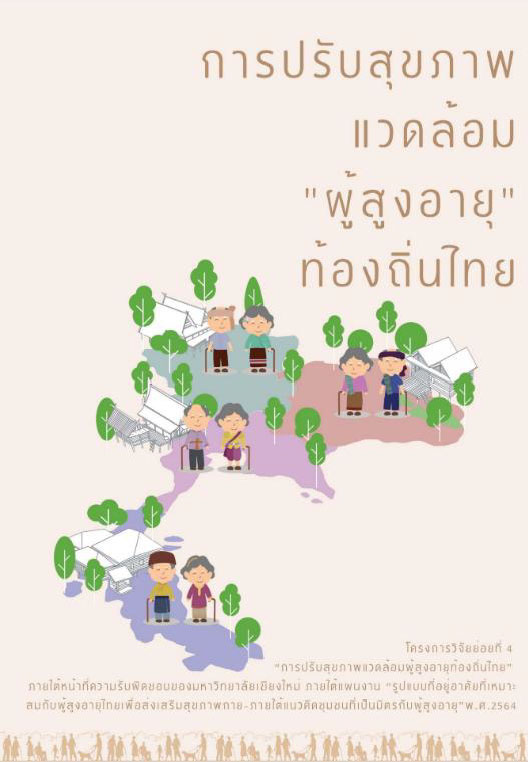
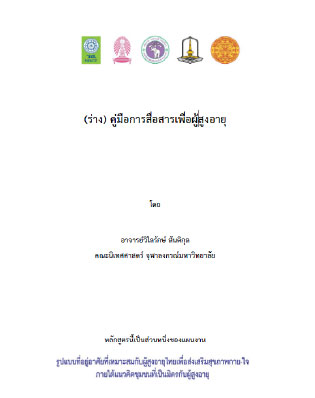
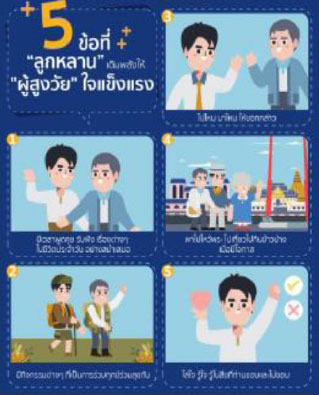
The collaborative nature of this project involved a wide array of organizations and agencies. The project’s impact on the communities is significant, having improved the quality of life for the elderly population in Thailand by enhancing their health, knowledge, living conditions, and overall well-being. Furthermore, these collaborative efforts have fostered a sense of community involvement, cooperation, and mutual support, ultimately contributing to the development of more inclusive and sustainable communities in Thailand.
The collaborative nature of this project involves a range of organizations and agencies:
- Financial Support: The project received research funding from the National Research Council of Thailand (NRCT), a government agency.
- Academic Collaborations: The project collaborated with academic institutions such as Chiang Mai University, Thammasat University, Mahasarakham University, University of Phayao, and many more.
- Local Authorities: Collaboration with local authorities included the Nongtongpattana Subdistrict Municipality, Hang Dong District, Chiang Mai, Nongsang Subdistrict Administrative Organization, Ban Had District, Khon Kaen, Rangsit Municipality, Pathum Thani, Phasi Charoen District Office, Bangkok.
- Government Agencies: The project network includes several government departments, such as the Tresury Department, the Department of Health Service Support, the National Housing Authority, the Thai Red Cross Society.
- Police Stations and Local Hospitals: Collaboration extended to local police stations (Phasi Charoen Police Station) and local Health Promoting Hospitals to collect data and support the project’s objectives.
- Community-Based Organizations: The project engaged community-based organizations like the District Public Health Office, Social Development and Human Security Provincial Office, Village Health Volunteers in promoting and executing community health activities.
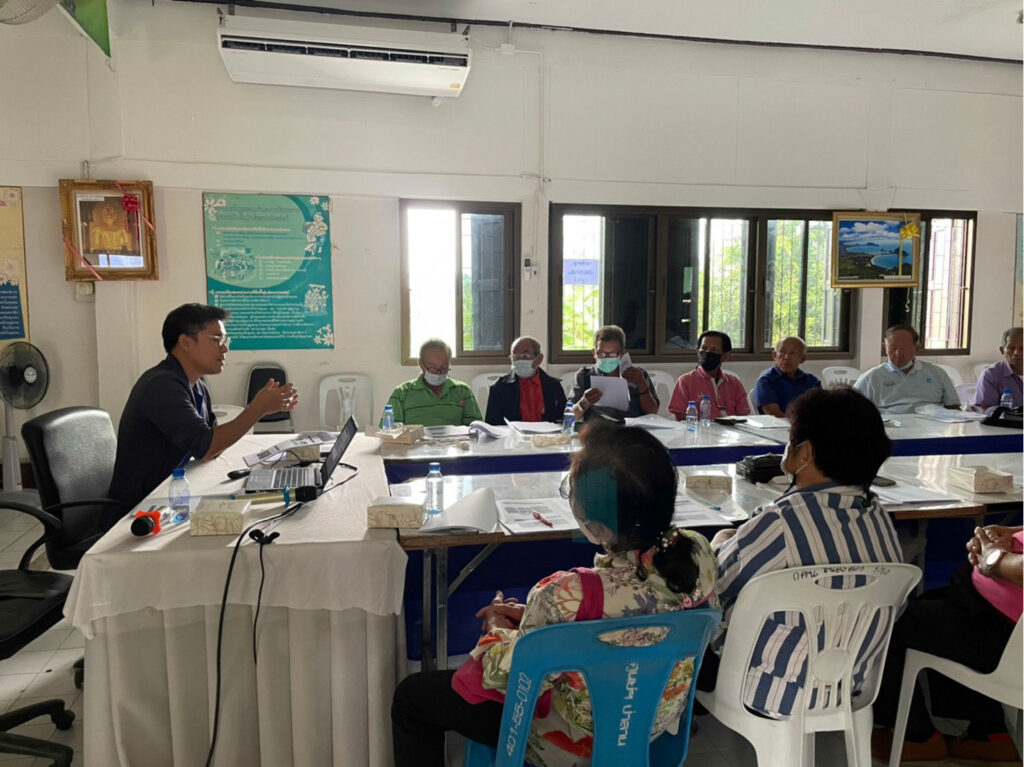
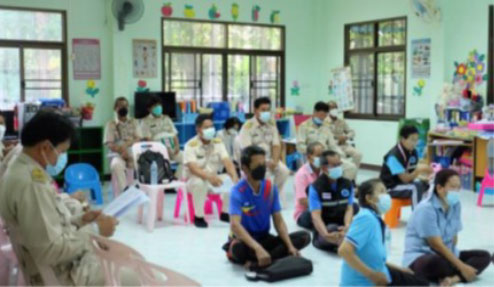
This project has generated tangible and intangible impacts for the target group and communities in various crucial aspects. These impacts have significantly influenced the knowledge, skills, and livelihoods of the elderly. The project activities and their corresponding outcomes include:
- Knowledge and Skill Enhancement: The project organized training sessions to impart knowledge to the elderly and community leaders in various areas, such as staying informed about fake news, nutrition, and physical exercise, with a total of 216 participants.
- Community Craftsman Training: Community craftsmen were trained in home improvements to make residences more suitable for the elderly. A total of 348 participants took part in these training sessions.
- Academic Documentation: The project produced various academic materials, including manuals, and multimedia content to disseminate knowledge among the elderly.
- Elderly-Friendly Housing Standards: The project developed standards for elderly-friendly housing, including standards for low-income elderly housing, modifications to bedrooms, bathrooms, walkway environments, staircases, and kitchens.
- Health Checkups: The project promoted physical and mental health checkups for 387 elderly individuals.
- Home and Environmental Improvements: The project improved or constructed 10 deteriorated houses, enhanced activity areas in 5 locations, and introduced innovative exercise equipment.
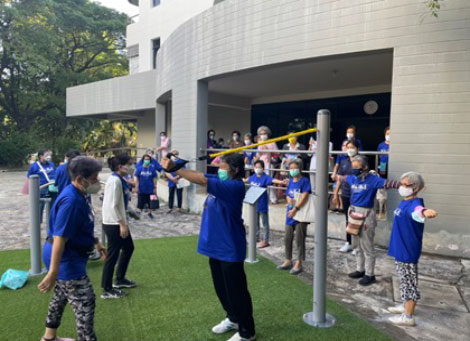
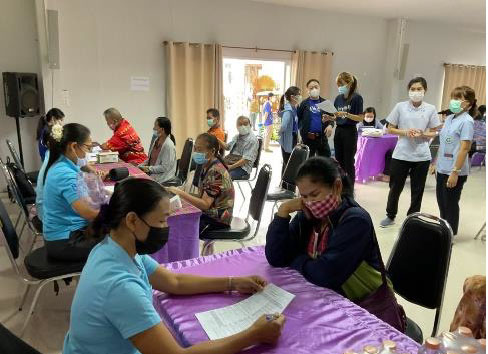
The project’s success has facilitated collaboration and sustainable partnerships with local authorities in these areas to address planning issues and development challenges. It has also laid the foundation for ensuring that local residents can access affordable housing tailored to their unique needs, ultimately enhancing the well-being of Thailand’s elderly population.
BY
- Faculty of Architecture, Chulalongkorn University
- College of Population Studies, Chulalongkorn University
Related SDGs
Others
eMpowering Youths Across ASEAN Programme
Chulalongkorn University has been playing a key role since the launch of this program whose original design was formulated by the partnership between ASEAN Foundation and Maybank Foundation.

